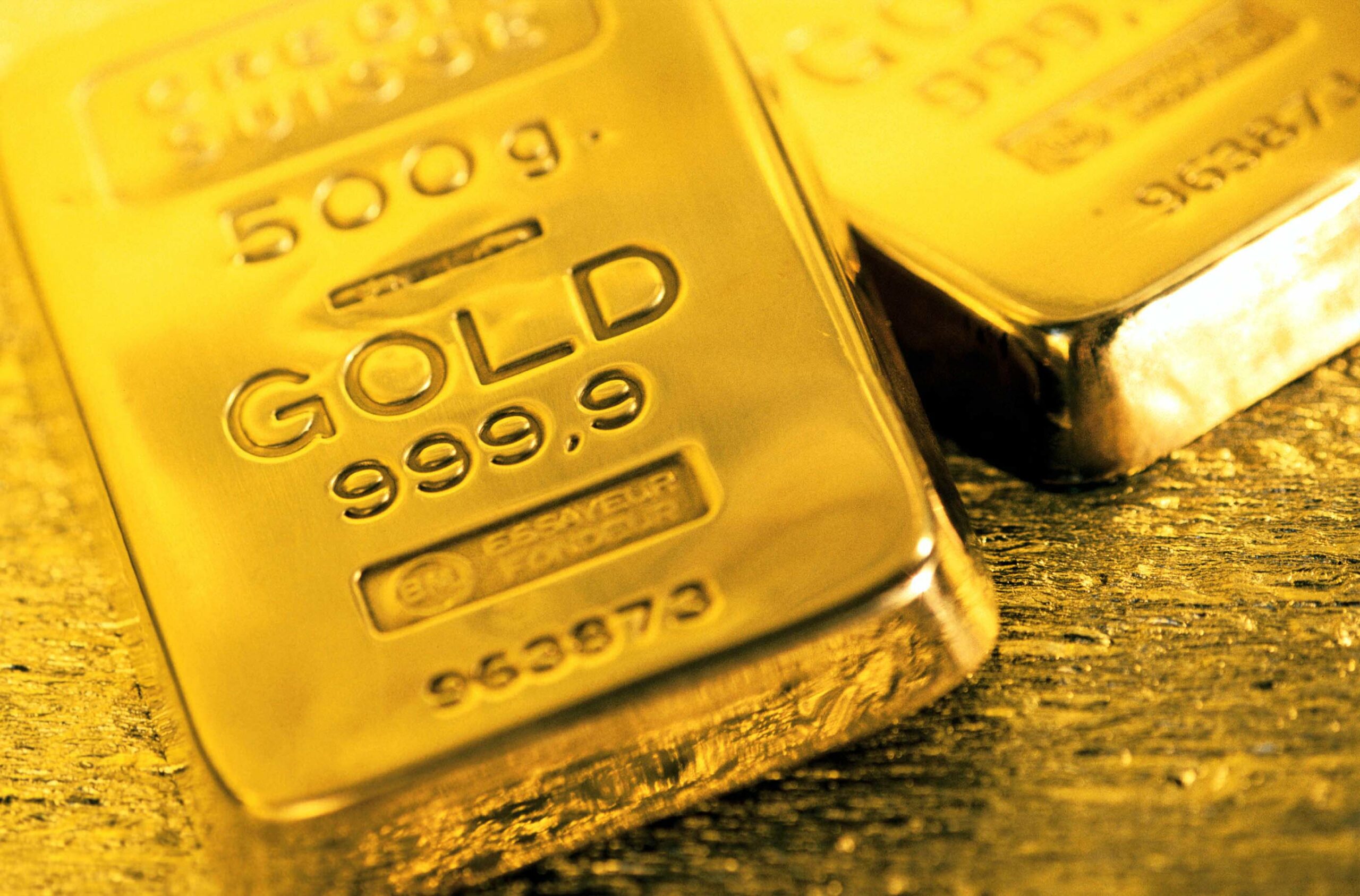Will gold make a comeback?

What will happen to gold. The point by Claudio Wewel, FX Strategist by J. Safra Sarasin
Geopolitical tensions have spurred a sharp rebound in the price of gold in October 2023, pushing the metal close to $2,000 an ounce. Notably, the surge followed a period of consolidation that gold experienced in the wake of rising real yields. The precious metal's rally then amplified its decoupling from US 10-year TIPS yields. This prompts us to take a closer look at some factors.
INFLATION AFFECTS GOLD
Some time ago we argued that inflation is an important long-term driver for gold. The price dynamics of the precious metal after the pandemic largely confirms this hypothesis. Clearly, the high inflation rates seen over the last two years imply a significantly lower price of gold in real terms (which is achieved by deflation of the dollar price of gold with US headline inflation), which essentially narrows the gap between real yields and gold.
CHINA AND RUSSIA INCREASE GOLD RESERVES
However, a substantial part of the gap remains to be explained. In our view, the breakdown of the decade-long correlation between US long-term real yield levels and the price of gold largely indicates structural shifts in demand.
In an effort to gain greater independence from the US dollar, central banks in emerging countries have substantially increased their gold holdings over the past two decades, particularly in China and Russia. The pace of institutional gold buying accelerated further after the United States and its allies froze Russian dollar reserves in response to the invasion of Ukraine in early 2022. With official gold buying exceeding 100 tonnes in the first half of 2023 alone, China continues to be the most important institutional buyer of the year. Given the ongoing geopolitical fragmentation, we expect institutional buying to remain elevated.
INDIVIDUAL BUYERS AND THE CASE OF CHINA
Gold has also become increasingly attractive for individual buyers. Again, China represents an emblematic case. Once considered a safe asset, real estate has lost much of its appeal among local investors. The government's decision to deflate the property market means the sector is in structural decline. New sales and homes under construction have fallen to levels not seen in a decade, and home prices have softened significantly in recent quarters. Chinese stocks have also underperformed over the past two years and the renminbi has retreated to 2022 lows, erasing gains made after China reopened. And with the government imposing strict limits on capital outflows, it is difficult for investors to turn to the outside world.
China's macro environment and lack of viable and attractive domestic investment alternatives mean gold shines brighter and brighter. Furthermore, local investors see gold as a hedge against the weakness of the Chinese renminbi. Unusually high demand for gold is particularly visible in a recent surge in the premium for gold in China – the spread at which gold trades in Shanghai versus London. Over the past decade, the spread has hovered around $10 an ounce, but in the third quarter of 2023 it temporarily exceeded $50 an ounce. As domestic financial asset returns are expected to remain highly volatile, we expect demand for physical gold to remain strong in China, enough to have relevance to the global market.
Overall, we expect the confluence of these factors to support the price of gold at a structurally higher level than before the pandemic, significantly weakening the historical influence of real yields on gold.
This is a machine translation from Italian language of a post published on Start Magazine at the URL https://www.startmag.it/economia/oro-ritorna-in-auge/ on Sun, 11 Feb 2024 06:44:38 +0000.
